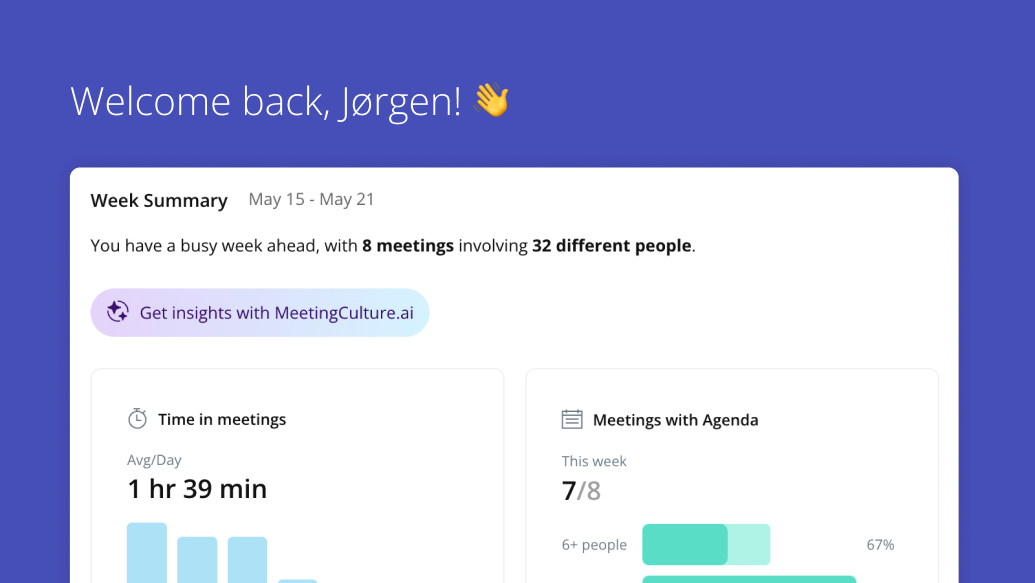Cameras On vs. Off in Virtual Meetings: A Deeper Analysis
Explore dynamic strategies to invigorate your virtual meetings.
The Role of Cameras in Virtual Meeting Fatigue
As the world rapidly adapted to remote work during the Covid-19 pandemic, the ramifications of this shift on employee productivity and mental health have sparked crucial debates. One of the most hotly contested aspects has been the role of video cameras in virtual meetings. In this digital age, the camera lens has become our window into each other's workspaces. But does its perpetual usage play a role in the so-called "Meeting fatigue," or does it instead serve as a vital instrument for maintaining social connections and business continuity?
According to a Harvard Business Review article, which reported on a comprehensive study conducted in collaboration with BroadPath, a business services company with a long-standing commitment to remote work, the use of cameras in virtual meetings contributes significantly to daily feelings of fatigue. Intriguingly, the study found that this fatigue was independent of the total duration of meetings attended.
Implications of Camera Usage on Employee Engagement
This revelation forces us to reconsider certain aspects of our evolving digital work culture. It highlights the mental toll that being perpetually 'camera ready' can exact on employees. Furthermore, the study reported that this fatigue was linked to declining employee engagement and participation, or voice, in meetings. These are the very areas that cameras are often assumed to enhance.
Differential Impact of Camera Usage
The impact of camera usage was not uniform across all demographics, as per the Harvard Business Review article. Women and newer employees reported more significant fatigue when their cameras were on. For women, societal pressures of being consistently 'camera-ready,' along with an increased load of domestic responsibilities and potential home-based disruptions, compounded the stress of being under the camera's gaze. In contrast, newer employees grappled with the task of carving out their professional identity and decoding workplace norms under the camera's unblinking eye.
The Way Forward: Rethinking Camera Usage
So what implications do these findings hold for our future virtual meetings? Primarily, they suggest that providing employees the freedom to choose camera usage could be an effective strategy to mitigate virtual meeting fatigue. Additionally, alternatives like disabling the self-view feature or encouraging 'walking meetings' could alleviate the stress associated with continuous on-screen presence.
Moreover, managers are vital in initiating conversations about their team's preferences and comfort levels concerning camera use. This might also involve redefining engagement parameters beyond mere visual participation if cameras are less frequent.
Exploring Emerging Technologies
Experimenting with emerging technologies may offer more viable solutions as we continue to traverse the digital workspace. For instance, could off-to-the-side device placements or avatars help mitigate the fatigue associated with direct camera interaction? Could the gamification of our work environment provide a more immersive and engaging alternative?
Combat Camera Fatigue with Meeting Management Apps
Innovative solutions are emerging to provide relief in the fight against meeting fatigue, especially the strain related to camera usage. Meeting management applications like Decisions are leading the charge to streamline the meeting process from start to finish, thereby making virtual interactions more inclusive and less exhausting.
One of the significant ways these applications help combat fatigue is by providing collaboration tools. With Decisions, everyone can work together on the meeting agenda, ensuring a more evenly distributed workload and diverse input. This collaborative approach results in more balanced meetings and reduces the potential for a single individual or group to dominate the entire session.
Beyond agenda collaboration, Decisions offers the capability to assign presenters to specific agenda items. By clearly delineating who will lead each part of the meeting, these applications ensure that everyone gets their chance to speak. This leads to a more democratic meeting structure and alleviates anxiety related to camera usage, as participants can prepare beforehand and know exactly when they'll be in the spotlight.
Meeting management applications like Decisions enable a shift in virtual meeting culture. By empowering all participants to contribute and structuring meetings more efficiently, they actively reduce the stress associated with continuous camera presence. Thus, such applications are proving to be powerful tools in the quest for more productive, less fatigue-inducing virtual meetings.

